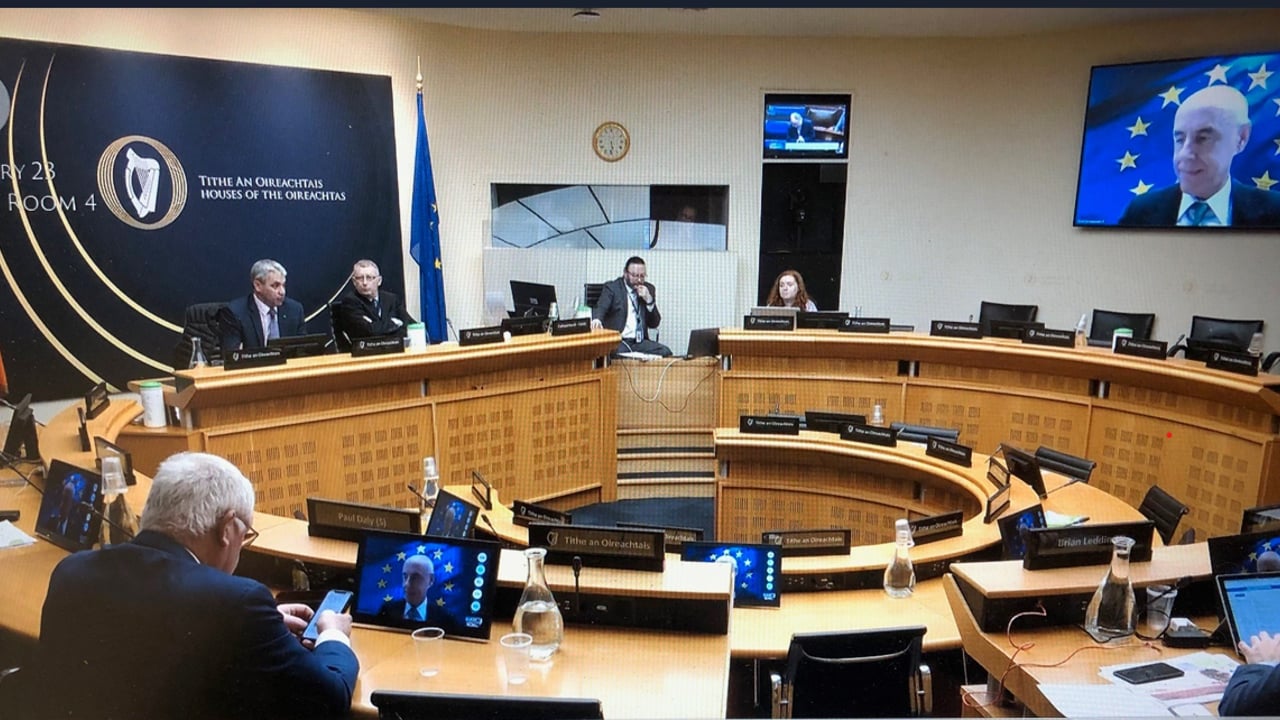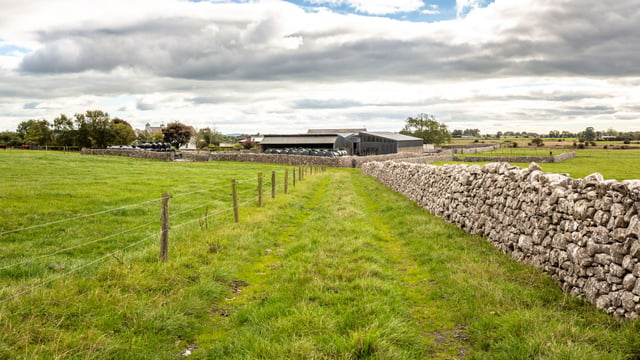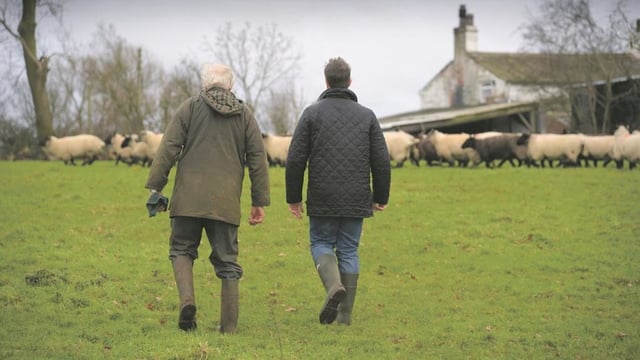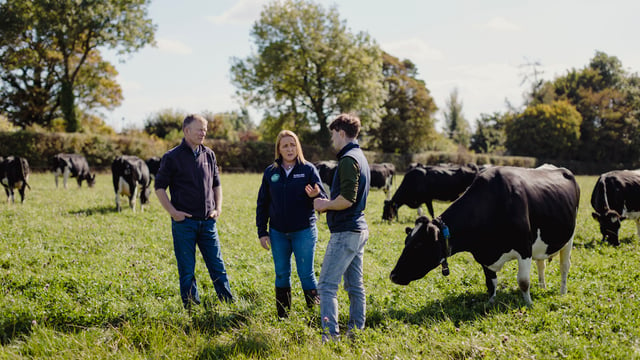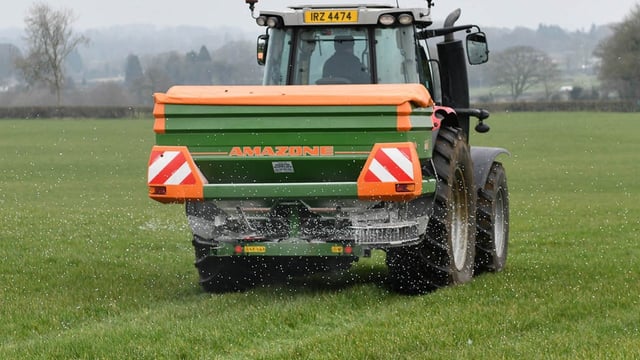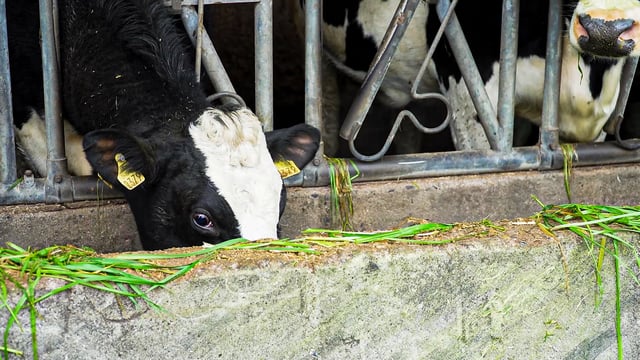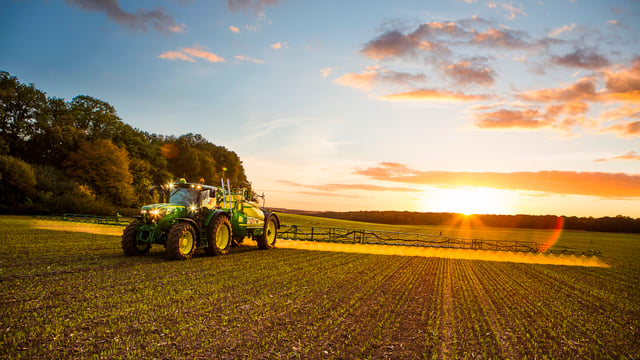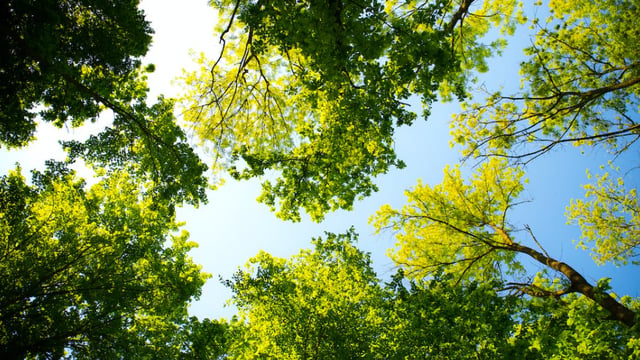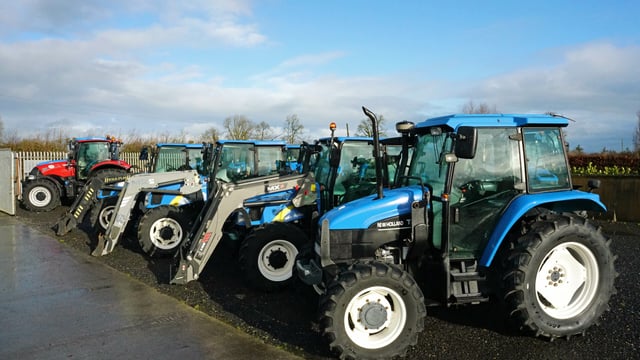Nature Restoration Law 'for humans' sake' - EU
Europe has lost "a lot of nature and services" which is why the EU Nature Restoration Law is a "proposal for people", according to a director for biodiversity in the European Commission.
During a discussion on the European Union (EU) Nature Restoration Law, Humberto Delgado Rosa told the Oireachtas Joint Oireachtas Committee on Agriculture, Food and the Marine, that the law was also a "proposal for humans' sake".
"We have lost ecosystem services that we need to put back," Rosa said.
The proposed Nature Restoration Law would set specific legally binding targets and obligations for nature restoration across at least 20% of the EU’s land area – which would include forests and agricultural land – and also sea areas by 2030.
According to Rosa, restoration is already happening across Europe and Ireland but it is not happening to the extent that the EU believes it should be.
"It can be either active, where components of nature are actively put back, or passive, where pressures are reduced and nature is allowed to bounce back and recover," he told members of the Oireachtas committee.
He said that although there are costs for restoration "the benefits far outweigh the costs. We get €8 for each €1 invested in restoration".
Peatlands and Nature Restoration Law
Rosa also outlined the specific agricultural ecosystem targets contained in the proposed EU Nature Restoration Law which included "some types of grasslands, forests and peatlands that are protected habitats in themselves".
"In addition, there is a specific target on an issue I know is sensitive and relevant for Ireland, which is drained peatlands and their agricultural use," he added.
Rosa detailed why the commission was "targeting drained peatlands and their agricultural use" in the proposed Nature Restoration Law.
"We estimate that 3% of EU agricultural lands is on drained peatland in agricultural use, but 25% of agricultural emissions come from this land.
"What we are proposing is restoration measures of at least 30% by 2030, 50% by 2040, and 70% by 2050, of which a quarter by 2030 and a half by 2040 and 2050 will be rewetted," he said.
Rosa highlighted that there are "many flexibility clauses within it from the sensitivity of addressing agricultural land", including options to work on other kinds of peatland, such as peat exhaustion sites.
The commission director also said there were additional types of drained peatlands, including where afforestation had taken place and told members of the Oireachtas committee that biodiversity and forest resilience was an important topic.
According to Rosa, EU member states are expected to prepare national restoration plans.
"We expect member states to monitor several aspects, conditions, trends, areas, indicators and populations, and to report on the implementation.
"The commission, along with the European Environment Agency, will assess the progress and then report to the European Parliament and European Council," he added.

